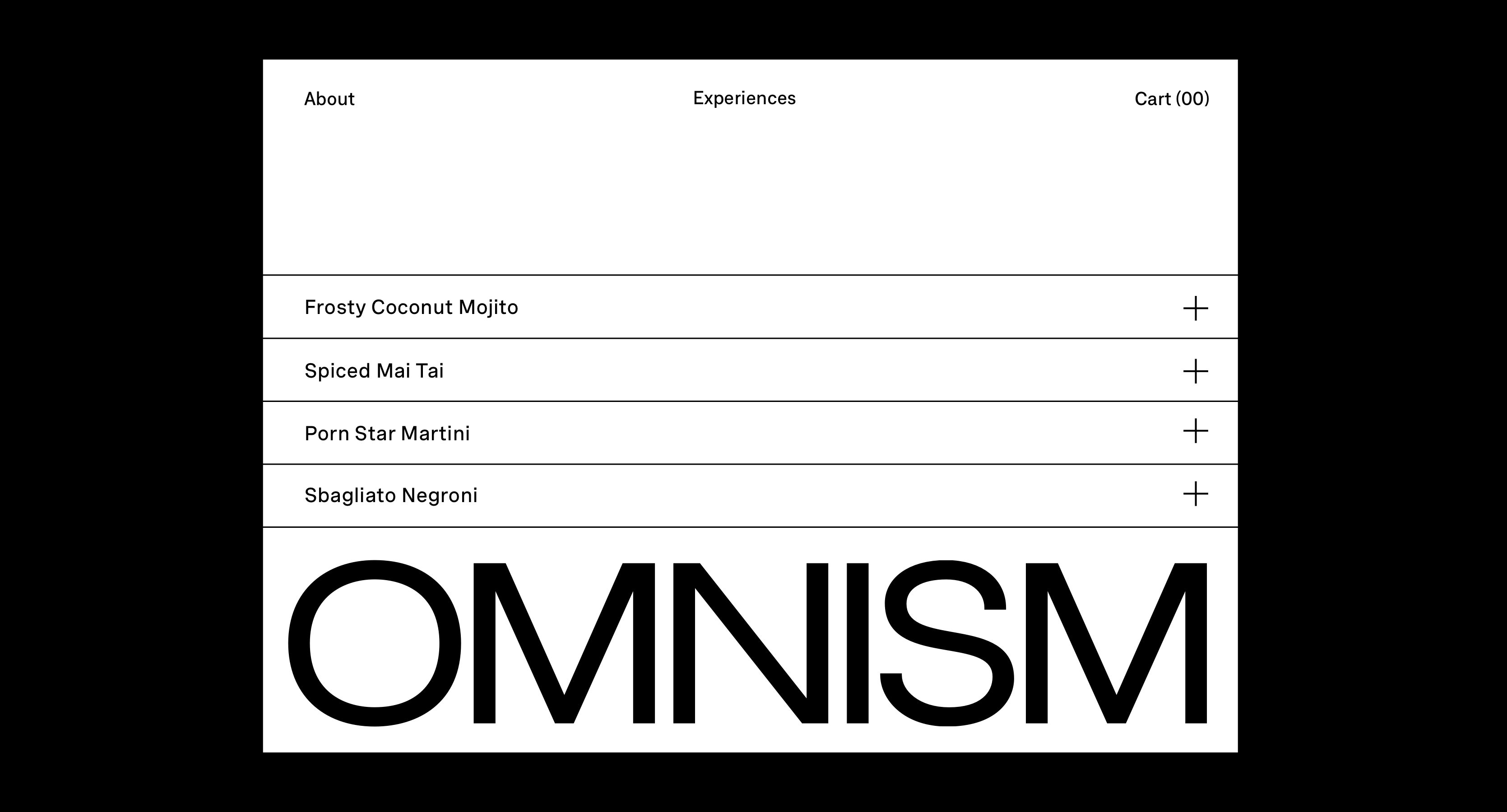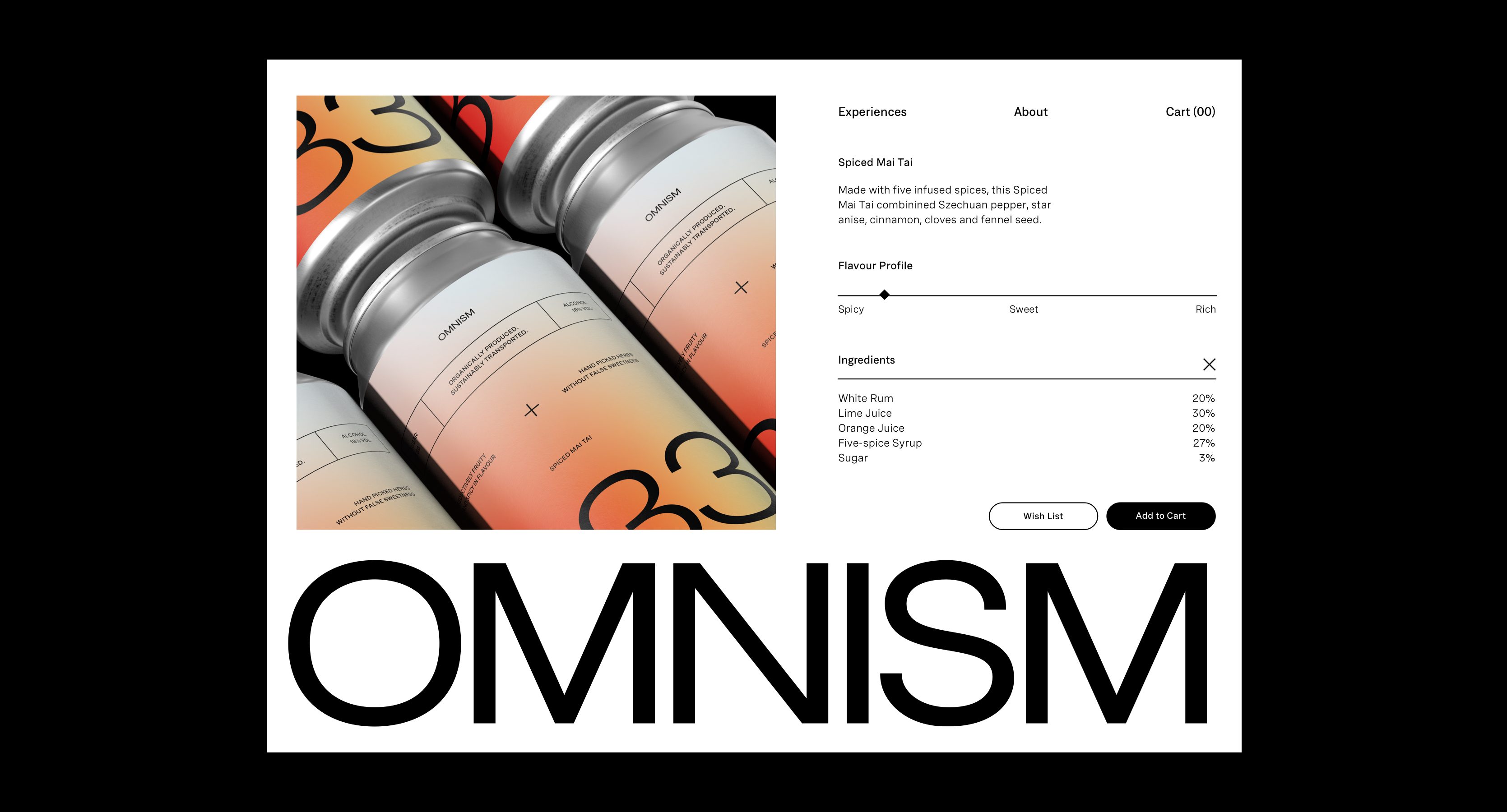Tattoos have become a global phenomenon, with various styles and meanings embraced by people around the world. Among the growing trends in body art, omnism tattoos have gained significant attention for their symbolic representation of spiritual inclusivity and diversity. These tattoos combine elements from multiple religions, philosophies, or belief systems, making them a powerful expression of personal spirituality. If you're curious about omnism tattoos, their significance, and how they reflect the evolving nature of modern spirituality, this article will provide you with everything you need to know.
Omnism tattoos are more than just ink on skin; they represent a philosophical approach that transcends traditional religious boundaries. This form of body art appeals to individuals who resonate with the idea of embracing multiple belief systems rather than adhering strictly to one. By exploring the history, symbolism, and cultural relevance of omnism tattoos, we can better understand their growing popularity.
In this article, we will delve into the origins of omnism tattoos, their significance in contemporary society, and how they serve as a canvas for personal expression. Whether you're considering getting an omnism tattoo or simply interested in learning more about this unique art form, this guide will offer valuable insights and inspiration.
Read also:Distance Of 5k Run In Miles
Table of Contents
- What is Omnism?
- History of Omnism Tattoos
- Symbolism in Omnism Tattoos
- Popular Omnism Tattoo Designs
- Choosing the Right Omnism Tattoo Design
- Placement Options for Omnism Tattoos
- Cultural Impact of Omnism Tattoos
- Maintenance and Care for Omnism Tattoos
- Frequently Asked Questions About Omnism Tattoos
- Conclusion
What is Omnism?
Omnism is a philosophical concept that advocates for the acceptance and integration of multiple religious beliefs and practices. It is rooted in the idea that no single religion holds all the answers and that individuals can draw wisdom and inspiration from various spiritual traditions. This inclusive approach has inspired many people to express their omnistic beliefs through art, literature, and, increasingly, tattoos.
Key Principles of Omnism
- Respect for all religions and belief systems
- Recognition of the interconnectedness of spiritual truths
- Emphasis on personal spiritual exploration and growth
By embracing omnism, individuals create a unique spiritual path that resonates with their values and experiences. This philosophy is particularly appealing in today's diverse and multicultural world, where people are exposed to a wide range of religious and philosophical ideas.
History of Omnism Tattoos
The practice of incorporating religious symbols into tattoos is not new; however, the rise of omnism tattoos reflects the changing landscape of spirituality in the modern era. As people become more open-minded and curious about different belief systems, they seek ways to express their eclectic spiritual identities through body art.
Evolution of Religious Tattoos
- Traditional religious tattoos often featured symbols specific to one faith, such as crosses for Christianity or om symbols for Hinduism.
- With the advent of omnism, artists began combining elements from multiple religions to create harmonious designs that reflect the wearer's diverse beliefs.
According to a study published in the Journal of Body Art Studies, the popularity of omnism tattoos has increased significantly over the past decade, driven by growing interest in spiritual inclusivity and personal expression.
Symbolism in Omnism Tattoos
Symbolism plays a crucial role in omnism tattoos, as these designs often incorporate elements from various religions and philosophies. Each symbol carries deep meaning and contributes to the overall message of the tattoo.
Common Symbols Used in Omnism Tattoos
- Cross: Represents Christianity and its teachings of love, sacrifice, and redemption.
- Om: A sacred symbol in Hinduism and Buddhism, signifying the essence of the universe and divine energy.
- Star of David: A symbol of Judaism, representing the connection between heaven and earth.
- Yin-Yang: A Taoist symbol that embodies balance, harmony, and the interdependence of opposing forces.
Artists often blend these symbols creatively to produce cohesive designs that convey the wearer's spiritual journey and beliefs.
Read also:How Old And How Tall Is Sylvester Stallone
Popular Omnism Tattoo Designs
There are countless ways to design an omnism tattoo, depending on the wearer's preferences and spiritual influences. Below are some popular design ideas that combine elements from different belief systems:
Design Ideas
- Mandala with Religious Symbols: A circular mandala incorporating symbols from various religions, such as a cross, om, and star of David.
- Tree of Life with Spiritual Icons: A tree of life design featuring branches adorned with religious symbols, representing the interconnectedness of all faiths.
- Abstract Fusion: A modern, abstract design that blends geometric shapes and symbols from multiple religions into a harmonious whole.
These designs not only showcase the wearer's spiritual inclusivity but also serve as a conversation starter and a source of inspiration for others.
Choosing the Right Omnism Tattoo Design
Selecting the perfect omnism tattoo design requires careful consideration of personal beliefs, symbolism, and aesthetic preferences. Here are some tips to help you make an informed decision:
Factors to Consider
- Significance of Symbols: Choose symbols that resonate with your spiritual journey and hold personal meaning.
- Size and Complexity: Decide whether you want a simple, minimalist design or a more intricate, detailed piece.
- Artist's Expertise: Work with a skilled artist who specializes in custom tattoo design and has experience with religious and spiritual tattoos.
Consulting with your tattoo artist and discussing your ideas in detail can ensure that the final design aligns with your vision and values.
Placement Options for Omnism Tattoos
The placement of your omnism tattoo can affect its visibility and impact. Consider the following popular placement options:
Common Placement Areas
- Upper Arm: A versatile location that allows for both visibility and concealment when desired.
- Forearm: Provides ample space for larger designs and is easily visible to others.
- Back: Ideal for expansive, detailed pieces that can incorporate multiple symbols and elements.
Ultimately, the placement should reflect your comfort level and the message you wish to convey through your tattoo.
Cultural Impact of Omnism Tattoos
Omnism tattoos have contributed to a broader cultural conversation about spirituality, diversity, and inclusivity. By embracing multiple belief systems, individuals challenge traditional notions of religious exclusivity and promote understanding and acceptance.
Social Implications
- Encouraging Dialogue: Omnism tattoos spark conversations about spirituality and encourage people to explore different belief systems.
- Promoting Tolerance: These tattoos symbolize the importance of respecting and appreciating diverse perspectives in a globalized world.
As society continues to evolve, the cultural impact of omnism tattoos is likely to grow, inspiring more people to embrace their spiritual journeys openly and creatively.
Maintenance and Care for Omnism Tattoos
Proper maintenance is essential to ensure that your omnism tattoo retains its vibrancy and clarity over time. Follow these care tips to keep your tattoo looking its best:
Tattoo Care Guidelines
- Moisturize Regularly: Use a high-quality tattoo moisturizer to keep the skin hydrated and prevent fading.
- Avoid Excessive Sun Exposure: Protect your tattoo from direct sunlight, as UV rays can cause colors to fade.
- Consult Your Artist: Regular check-ins with your tattoo artist can help address any concerns and ensure proper healing.
By prioritizing proper care, you can enjoy your omnism tattoo for years to come.
Frequently Asked Questions About Omnism Tattoos
Q: Are omnism tattoos suitable for everyone?
Yes, omnism tattoos are suitable for anyone who identifies with the philosophy of spiritual inclusivity and diversity. However, it's essential to choose symbols and designs that hold personal meaning and significance.
Q: How long does it take to heal an omnism tattoo?
The healing time for a tattoo varies depending on its size and complexity, but most tattoos require about two to three weeks to heal fully. Proper aftercare is crucial during this period.
Q: Can I modify my omnism tattoo in the future?
Absolutely! Many tattoo artists specialize in modifying or adding to existing tattoos, allowing you to evolve your design as your spiritual journey progresses.
Conclusion
Omnism tattoos offer a unique and meaningful way to express spiritual inclusivity and diversity through body art. By incorporating symbols from various religions and philosophies, these tattoos serve as powerful reminders of the interconnectedness of all belief systems. Whether you're inspired by the harmony of religious symbols or the cultural impact of spiritual inclusivity, an omnism tattoo can be a beautiful reflection of your personal journey.
We invite you to share your thoughts and experiences with omnism tattoos in the comments below. If you enjoyed this article, feel free to share it with others who may find it interesting. For more insights into tattoos, spirituality, and cultural trends, explore our other articles and resources.

